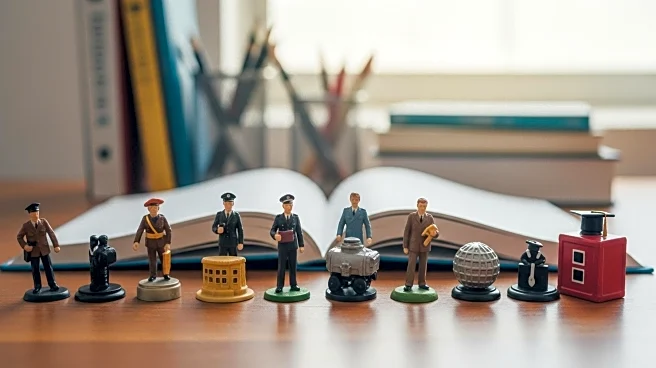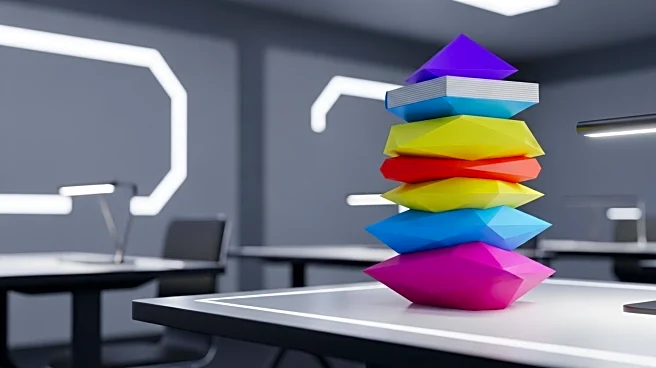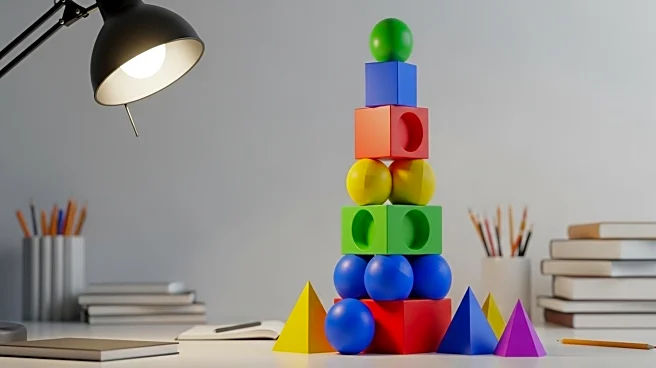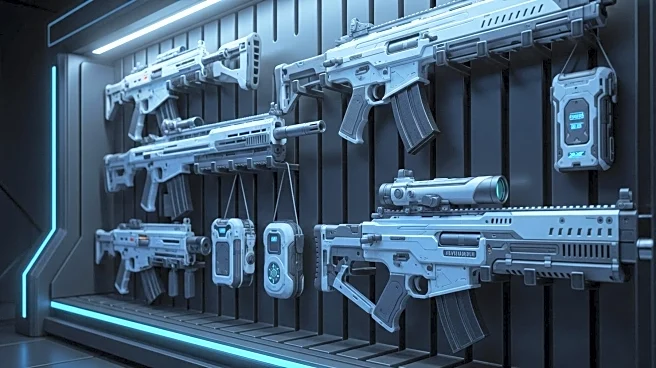Model building serves as an educational tool, offering a hands-on approach to learning that engages students in various subjects. It is used to teach concepts in engineering, architecture, and history, among others. By
constructing models, learners gain a deeper understanding of the subject matter, as they can visualize and manipulate the components of the models they create.
Curriculum Relevance
Model building is
integrated into educational curricula to enhance learning in STEM (Science, Technology, Engineering, and Mathematics) fields. It provides a practical application of theoretical knowledge, allowing students to see the real-world implications of their studies. This approach helps bridge the gap between abstract concepts and tangible outcomes.
Programs and Institutions
Many educational institutions incorporate model
building into their programs, offering courses and workshops that focus on this skill. These programs are designed to develop critical thinking, creativity, and technical skills. Institutions may also host model building competitions to encourage student participation and showcase their work.
Learning Outcomes
Through model building, students learn to plan, design, and execute projects, developing skills that are valuable in
both academic and professional settings. The process of building models enhances problem-solving abilities and fosters teamwork when projects are completed collaboratively. Students also gain a sense of achievement and confidence in their abilities.
Source-Grounded Resources
Educational resources for model building include textbooks, online tutorials, and instructional videos. These resources provide guidance on techniques, materials,
and best practices, helping learners improve their skills. Additionally, model building clubs and online communities offer support and inspiration, allowing enthusiasts to share their experiences and learn from one another.















